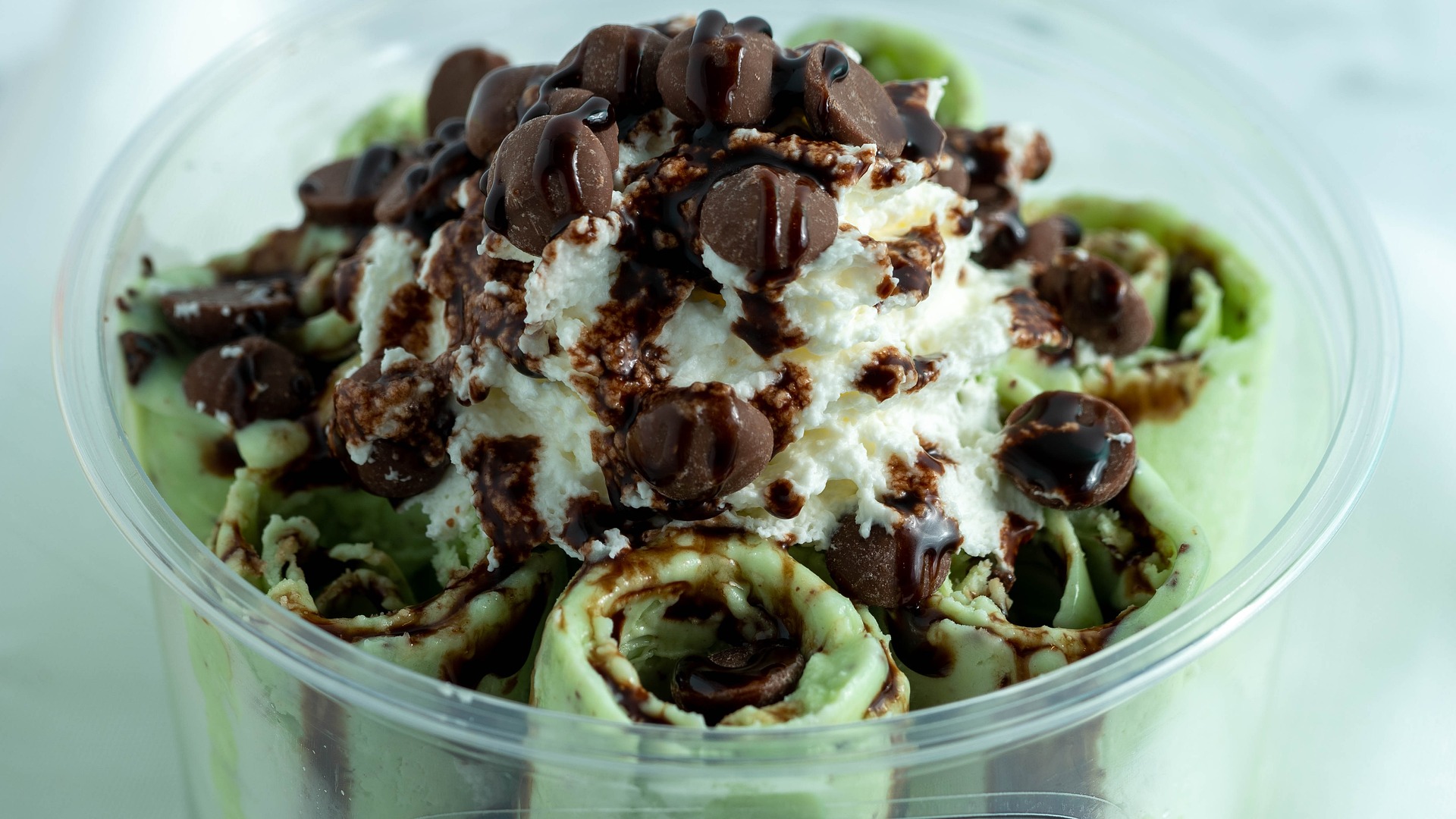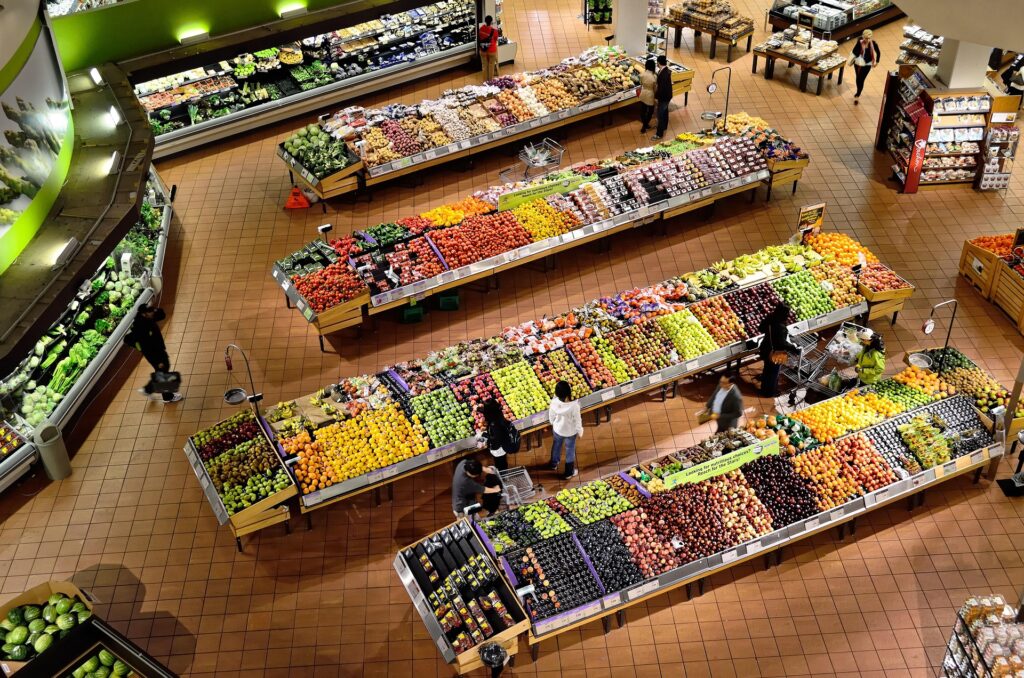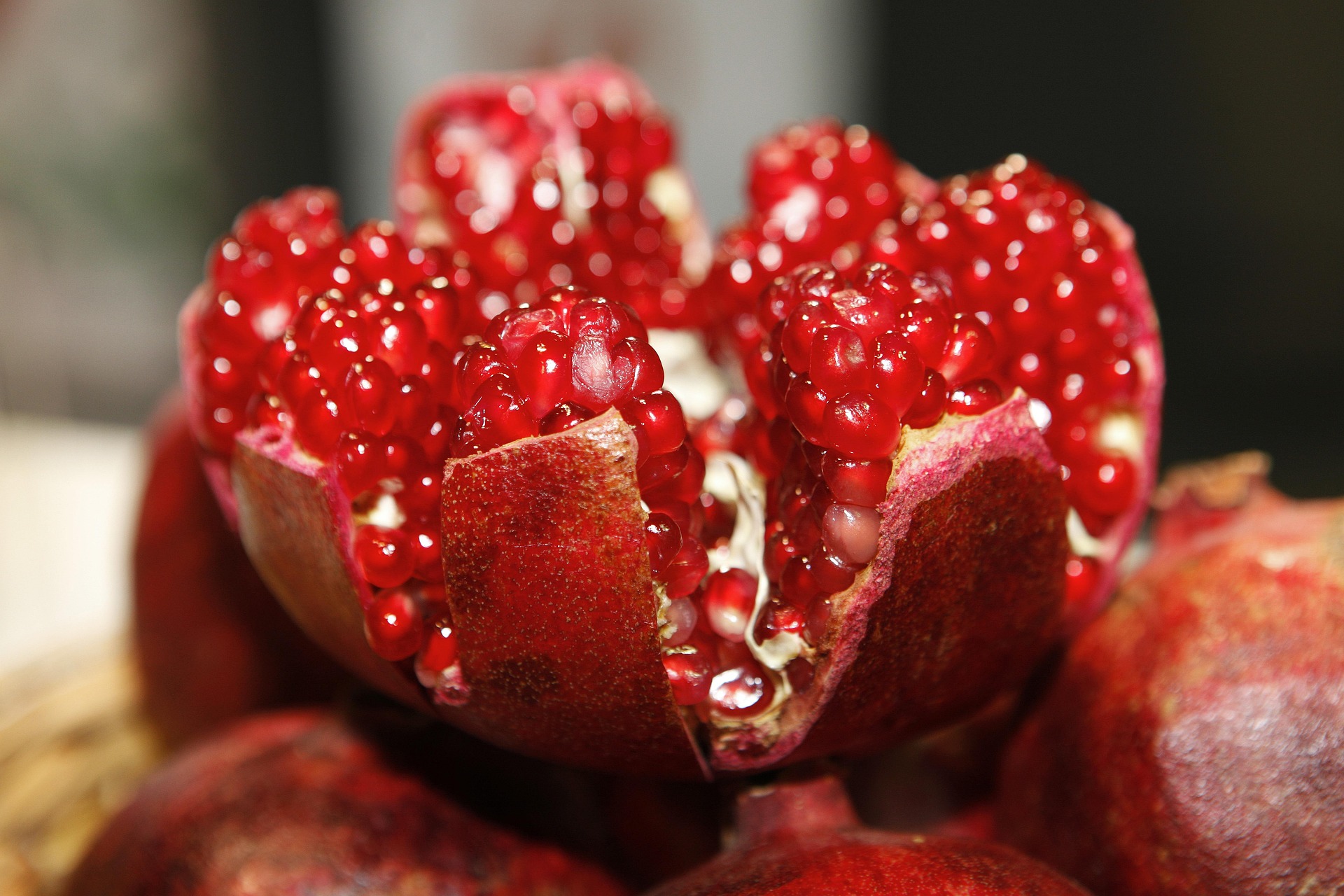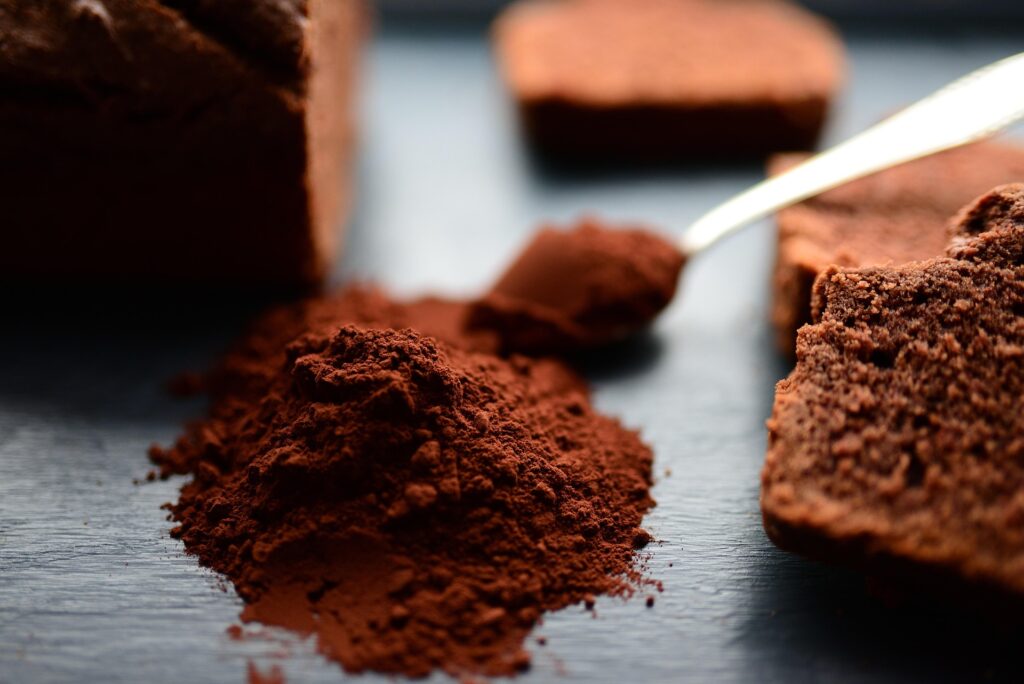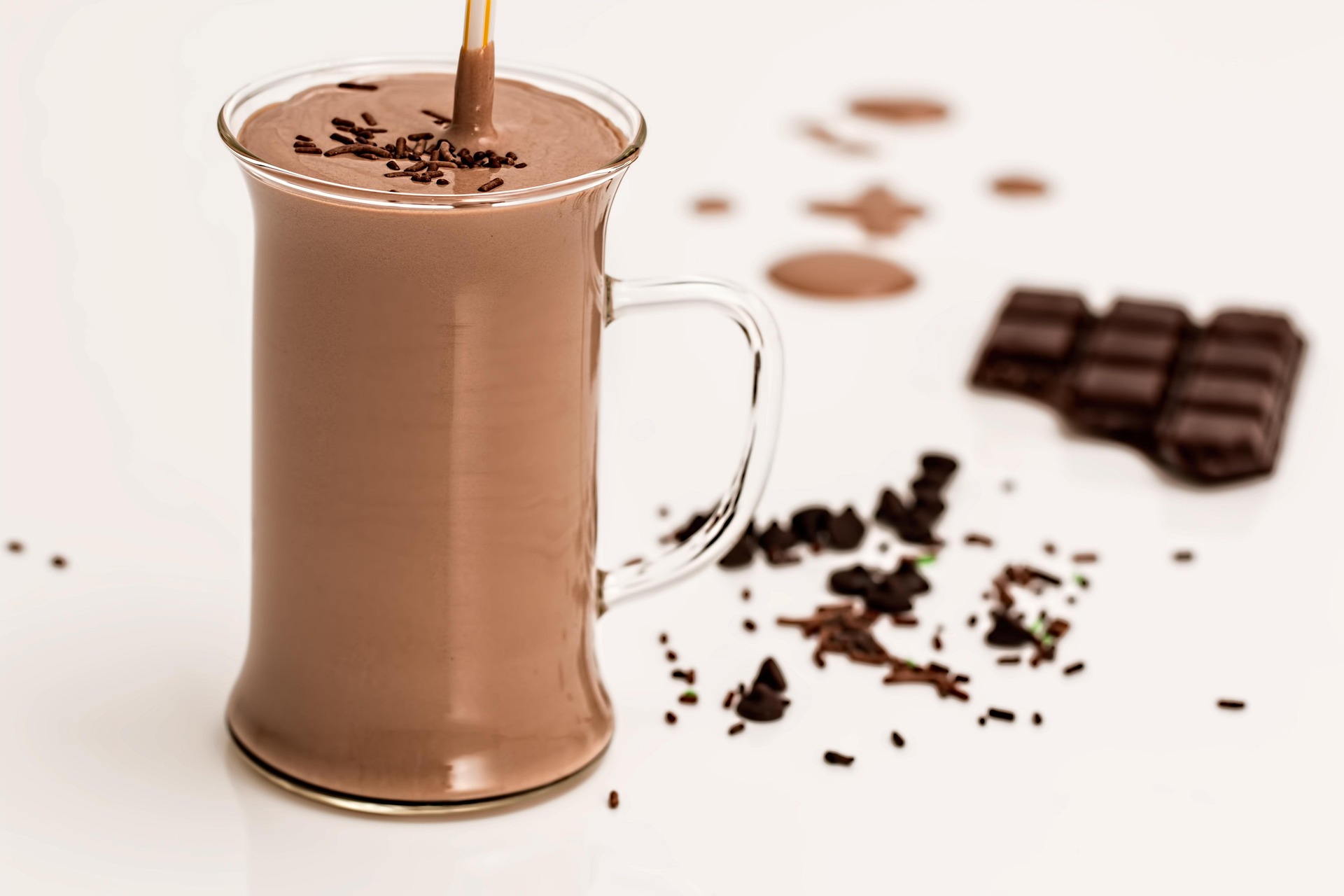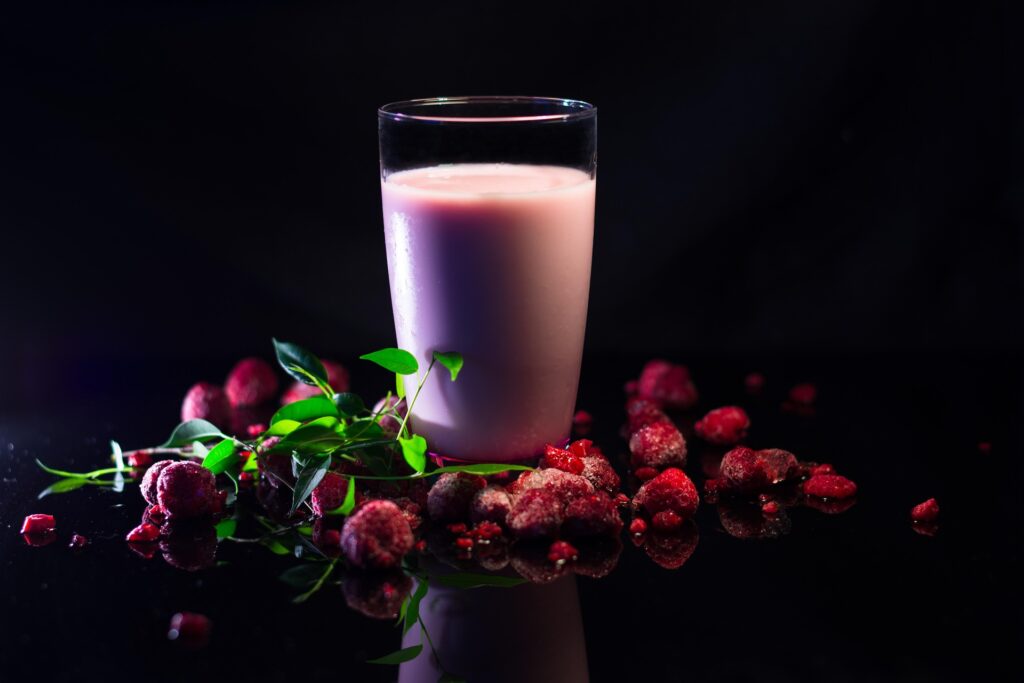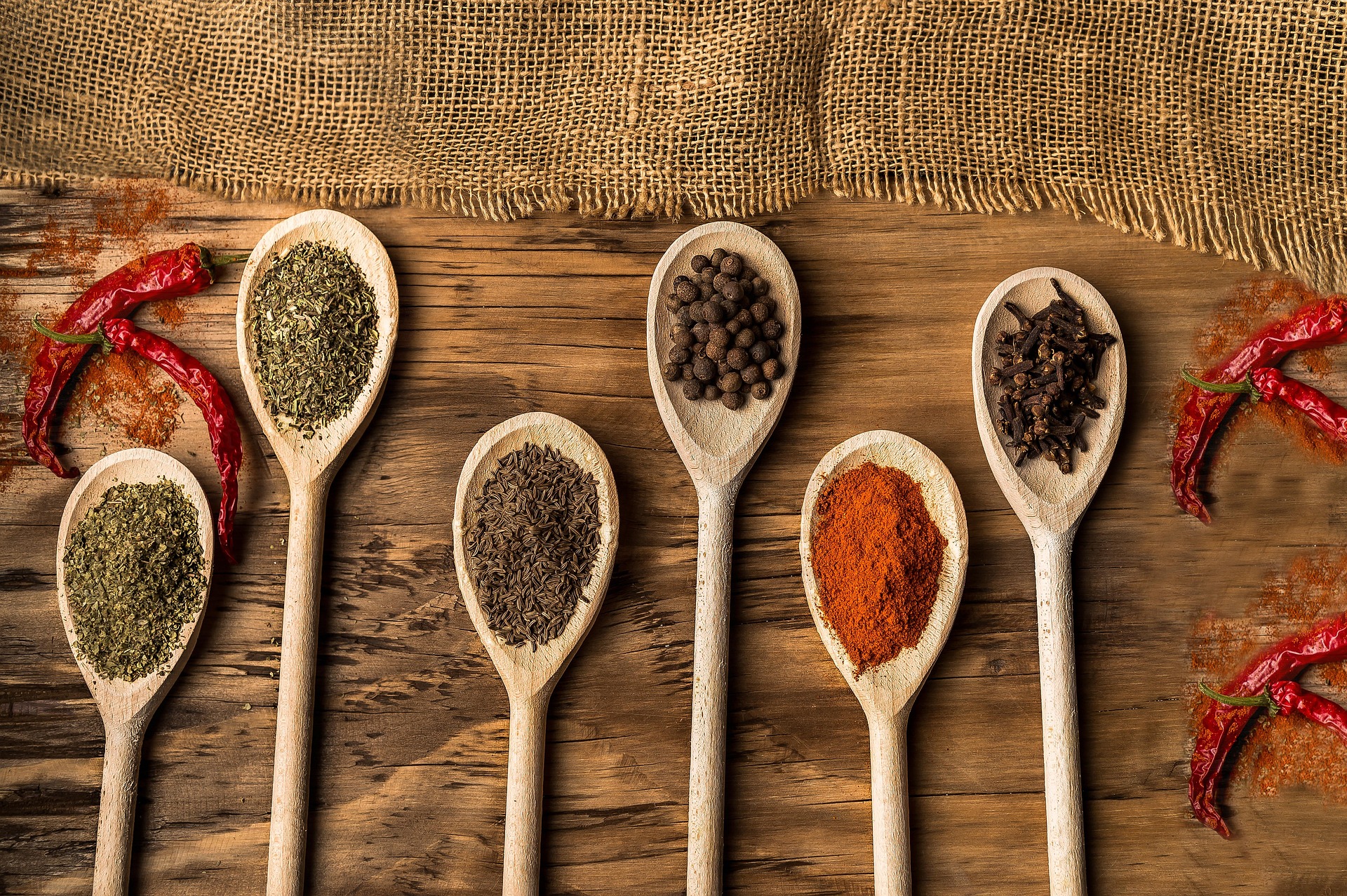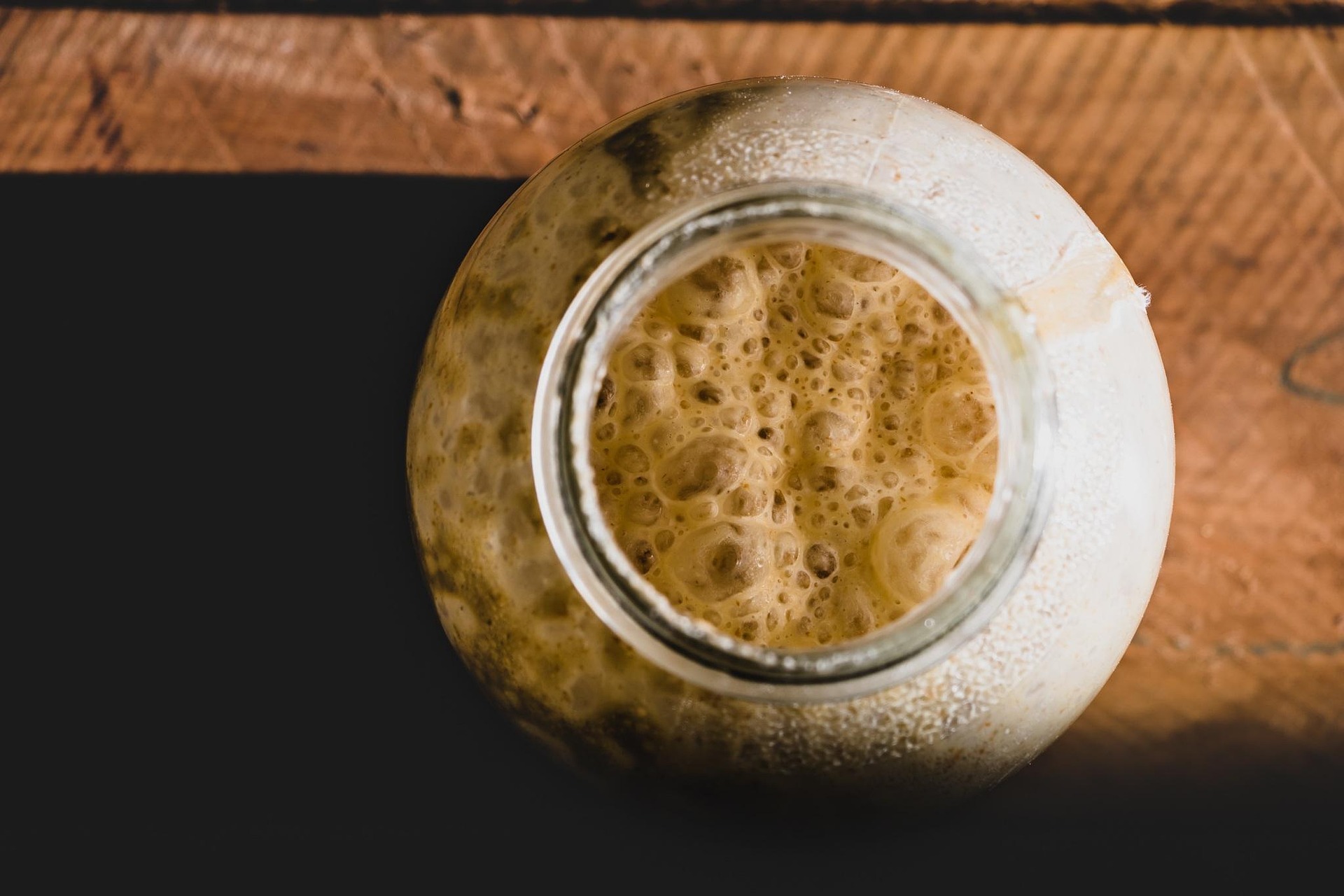
Vanilla Unveiled: Natural Vanilla vs. Synthetic, and Why It Matters
There is a fundamental difference between natural and synthetic vanilla products and extracts. The reasons why the difference between natural and synthetic vanilla matters, especially for food and beverage brands. Our team at Metarom specializes in vanilla manufacturing, creating delicious vanilla solutions. Vanilla products are used in a wide range of culinary applications, greatly enhancing the flavor of foods and beverages. However, when using a […]
Read More- There is a fundamental difference between natural and synthetic vanilla products and extracts.
- The reasons why the difference between natural and synthetic vanilla matters, especially for food and beverage brands.
- Our team at Metarom specializes in vanilla manufacturing, creating delicious vanilla solutions.
Vanilla products are used in a wide range of culinary applications, greatly enhancing the flavor of foods and beverages. However, when using a vanilla product, it’s crucial to recognize how it was created. Was the product made with natural vanilla vs. synthetic?
Understanding the difference between the two for your vanilla products is a game-changer. Additionally, knowing both the origin of vanilla and its prospects is just as helpful when deciding what to use. Below, we will examine why.
The Difference Between Natural and Synthetic Vanilla
When it comes to all-natural or synthetic vanilla, the main distinctions between the two are:
- Quality of the final product
- Cost
- Flavor
- How the product was made
With that in mind, the most noticeable difference between natural vanilla vs. synthetic is the way each was created. We will discuss this and explain why the difference matters for food and beverage brands.
How Natural Vanilla is Made
Natural vanilla is derived from the fruit of the vanilla orchid itself. During a special time of the year, the flower must be hand-pollinated to create real vanilla beans. The beans then undergo a complex curing process, which involves exposing them to heat and other elements.
Afterward, they are dried and conditioned for several months. Throughout this process, vanillin is produced, which gives the vanilla flavor its distinctive aroma. The solution to this process is vanilla beans that are ready for use in product production.
How Synthetic Vanilla is Made
When comparing natural vanilla vs. synthetic, synthetic vanilla extracts and products are not from the plant. Instead of coming from the plant (which is the primary origin of vanilla), these products are made from synthetic chemicals designed to create vanillin.
Consequently, the vanilla flavoring does not come from the beans themselves. Instead, certain chemicals mimic the vanilla flavor and smell.
Why the Difference Matters
The difference between natural vanilla vs. synthetic matters because it affects how vanilla flavoring products are made in the future. However, there are also various reasons why the difference matters for food and beverage brands now. Some of these reasons are:
- Coloring. Whether the vanilla is natural or not will affect the color, which in turn will change the overall appearance of the product.
- Ingredients. Natural vanilla is made using real vanilla beans, and synthetic vanilla is made using chemicals. Therefore, there is a distinction between ingredients. Synthetic vanilla products (such as extracts) will have other additives and chemicals that the natural product won’t have.
- Price. Natural vanilla vs. synthetic vanilla will each have a different cost, which has an impact on food and beverage brands. While synthetic vanilla will likely be cheaper, companies may have to compromise on quality. For some brands, this makes natural vanilla a worthwhile investment.
- Flavor. Real vanilla offers a more diverse flavor profile, resulting in a richer and fuller vanilla taste. A synthetic vanilla may not have as strong a flavor.
- Health benefits. Due to the origin of vanilla, it may come with added health benefits that synthetic vanilla won’t have. For example, natural vanilla has more antioxidants and potential anti-inflammatory properties. It can also potentially boost mood. This is particularly meaningful for health-conscious brands.
There is a distinct difference between natural vanilla vs. synthetic. These disparities explain why the difference matters for food and beverage brands.
The Future of Vanilla Flavoring with Metarom
At Metarom USA, we are a leading manufacturer of high-quality vanilla products. That being the case, our future of vanilla creations and flavors is bright. We continually develop various forms of vanilla flavoring that have a wide range of applications, both now and for the future. Each of our products will enhance the flavor profiles of your brand or kitchen.
We also take into account the natural vanilla versus synthetic taste when flavoring our products, and we will always apply this knowledge in our production. With our comprehensive flavoring, you’ll know exactly what you’re getting with us.
Our Vanilla Manufacturing Solutions
We offer a wide range of manufactured vanilla products that can help you now and in the future. These include real vanilla beans, vanilla extract (which has a natural taste instead of a synthetic one), and vanilla paste for commercial use.
Additionally, we also have vanilla seeds and specks for the classic vanilla appearance. Most (if not all) of these solutions have a natural vanilla taste vs. a synthetic vanilla taste. This ensures the future of flavoring is filled with high-quality and mouthwatering vanilla creations.
Connect With Metarom USA
When you partner with us at Metarom USA, you gain access to a vanilla supplier that expertly creates, develops, and manufactures delicious products. Our team has years of experience and acquired knowledge. This has further deepened our understanding of the origins of vanilla and the flavoring itself, which sets us apart from other manufacturers.
We also recognize that when it comes to natural vanilla vs. synthetic, there is a significant difference between the two. The difference that matters varies for food and beverage brands, and we take that into account. When you visit us to discuss your unique situation, our specialized chemists and developers will deliver products that meet your specific needs.
Call and talk with an expert today to learn how Metarom USA can help you.






